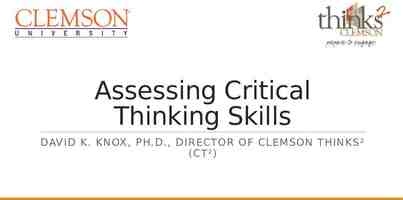5 Important Elements of a Short Story The 5 key elements that make up
12 Slides785.50 KB
5 Important Elements of a Short Story The 5 key elements that make up a short story are: Characters Setting Conflict Theme Plot 1
Character A character is a person, or sometimes an animal, who takes part in the action of a short story or other literary work. Characters and how we get to know them: Through the author’s physical description of them Through their actions Through their words (dialogue) Through their inner thoughts Through what other characters say and think about them 2
Setting Setting is the time and place that a story occurs. Authors often use descriptions of landscape, scenery, buildings, seasons or weather to provide a strong sense of setting. 3
Theme Theme is the meaning behind events and characters’ actions in a story. The theme is the central idea, message, or purpose in a short story. A theme can be expressed as a general statement about people or life. It is NOT plot summary. It can be either directly or indirectly stated by the author. Most likely indirectly. 4
Conflict Conflict is any of the problems that a character encounters in a story. The conflict is a struggle between two people or things in a short story. The main character is on one side of the main conflict. Conflicts can be: 1. External – conflict with others and with nature 2. Internal – conflict within themselves The main character may struggle: against another important character against the forces of nature against society against something inside himself or herself (feelings, emotions, illness). 5
Plot Plot is a pattern of events that develop from the interactions between characters. A plot is a series of events and character actions that relate to the central conflict. There are 5 elements of plot: Exposition Rising Action Climax Falling Action Conclusion 6
Plot Diagram 5 Elements of Plot 7
Exposition The start or introduction of the story. The background information that the reader must have in order to understand the story. This is where characters and setting are introduced. 8
Rising Action All of the events that take place leading up to the climax. This is where the reader is introduced to the conflict. 9
Climax The most exciting part of the story. The turning point in the story. Here the story is turned in a different direction, toward the conclusion. 10
Falling Action The immediate reaction to the climax. All the actions that occur after the climax and before the conclusion of the story. 11
Resolution The conclusion of the plot. Loose ends are tied up. There might not be a clear resolution. This is called a cliffhanger ending. 12

















